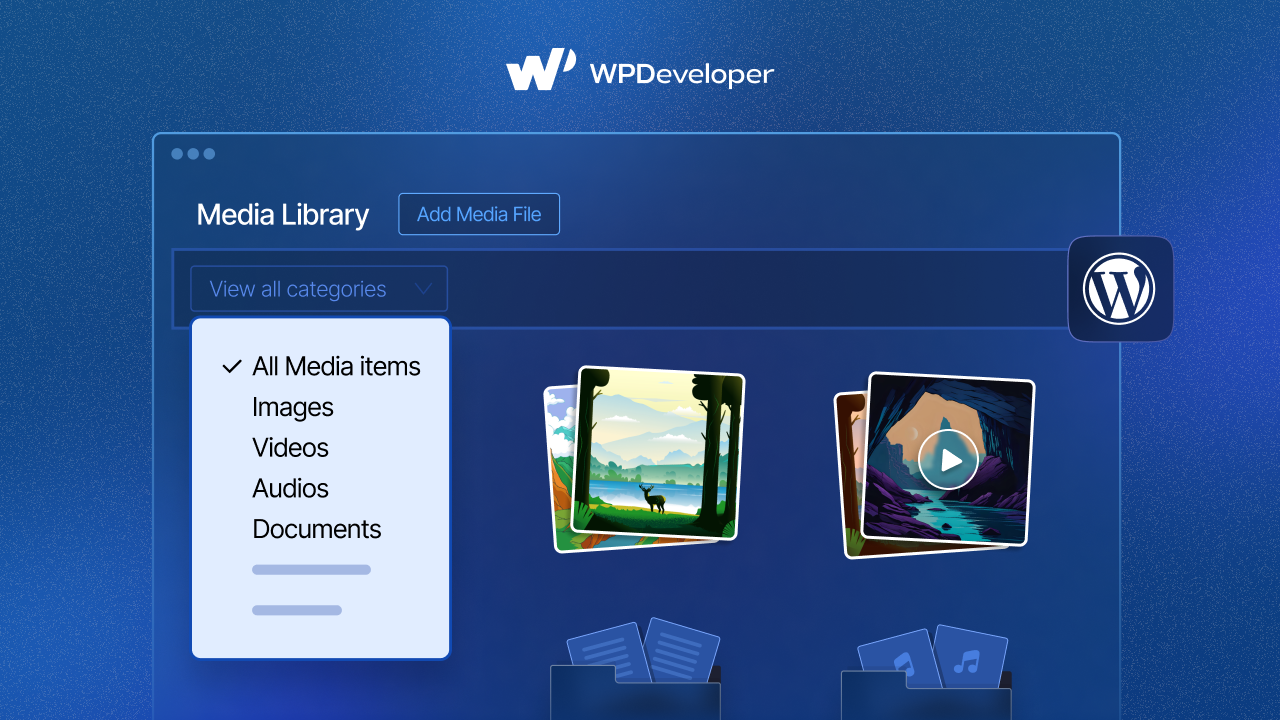Every WordPress Website has a user role management system. Users can contribute to your Website according to the role you specify for them. For example, you can authorize your readers to make comments on your post only and nothing more.
WordPress User Roles Explained
Hierarchy is important for every Website. To run a Website there are different tasks that need to be performed. For example, for a blogging website, regular content creation is the primary task. But it is needless to say unless it is a personal blogging website, there will always be a feedback giving mechanism. Upon receiving the feedback the content writer can update his work.
For this simple purpose, every WordPress website comes with distinct user roles. These different roles come with specific authority and permission to perform certain tasks across the Website.
Default WordPress User Roles
There are five user roles common to every WordPress Website.
- Administrator
- Editor
- Author
- Contributor
- Subscriber
Before we go into further explanation, know that a specific user role can do everything that another role lower in the hierarchy can do. If you follow the list of user roles you will see an Administrator is the highest authority and the other user roles fill the subsequent spaces in the hierarchy.
Issues
Who can publish posts?
Backend Access?
Management of Website?
Supervise?
Power distribution.
The by default WordPress User Roles are tailored to fit a real-life office hierarchy. These roles will naturally align with the different employee roles of an organization. But you can always customize WordPress User Roles. We are going to discuss it in the later parts of this blog. But for now, let’s learn about them by default WordPress User Roles.
Administrator
Administrators are the most significant role for a WordPress Website. The dashboard of an Administrator includes all the functions available to a WordPress user. They can create any post, edit a post by others and delete them as required. Furthermore, they can add new plugins or remove existing ones. Administrator WordPress users can add new Administrators, invite new people as users.
They sit at the top of the food chain of a WordPress Website. It is very likely that you will have multiple Administrator roles in your Website. But before you add a new Administrator, always ask yourself if the user needs full access to your Website.
Editor
Editors have the task of adding new posts, supervise posts by other contributors and delete them as required. In fact, Editors can supervise every comment and approve them.
However, an Editor will never have access to themes, plugins or widgets.
Author
Authors can create their own posts, as well as delete them. They can edit comments made on their own blog posts. However, an Author cannot edit a post by another user.
Contributor
Contributors can create their own posts but not publish them. Interestingly, Contributors cannot add media files to their posts. contributors need to submit their posts for approval from the Author. And once their posts are published they cannot edit them any further.
Contributor role is ideal for anyone who does not write regularly on your website. If you want to add a guest writer on your Website, assign him/her a Contributor role.
Subscriber
Subscribers can log into your WordPress Website and read any content. However, they do not have access to the backend of your Website. You can argue why do I need a Subscriber role given that anyone with an internet connection can read content on your website. Well, a Subscriber role is important if you have a subscription-based service for your readers.
Wrapping Up!
Please let us know if you have any further queries regarding this issue. In the meantime here is a quick blog on how to add permalinks to your posts.







